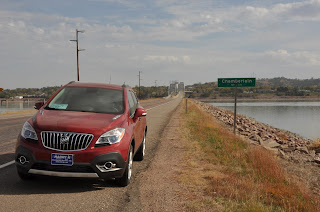 Red sky at night, sailors' delight.
Red sky at night, sailors' delight.Red sky at morning, sailors take warning.
- from an ancient rhyme often repeated by mariners
It's almost morning in the Trump administration and I see a red sky!
Tax reform is a recurring threat in DC. Every politician that runs calls for tax reform and every incumbent up for reelection calls for tax reform. It's a standard line in every candidate's stump speech. There's been much lip service paid to the topic and very little elbow grease expended.
That could be changing. It would appear that the Republican Congress and the Trump administration are both serious this time - as in they want real tax reform!
House Ways and Means Chairman Kevin Brady (R-Texas) released a "Tax Reform Blueprint" in July 2016 that outlined the general provisions of a comprehensive tax reform package. When the new Congress convenes in January, the House Ways and Means Committee, the Senate Finance Committee, and the Trump Administration will begin developing the actual text for a tax reform bill.
Here's where it gets complicated...One of the provisions included in the Tax Reform Blueprint, the “Border Adjustment Tax” (BAT), has generated significant concern among several industries, including the automotive sector. The BAT is not a tariff. Tariffs are taxes imposed on specified imported products (e.g., the 25% chicken tax imposed on the import of light pickup trucks since 1963).
The House Republican proposal (including the BAT) would modify business income taxes in several ways: reduce the rate from 35% to 20%; accelerate depreciation schedules, eliminate all interest deductions; exempt the cost of exported goods from the taxable receipts subject to income tax (they would be taxed in the jurisdiction in which they were sold); and disallow the cost of any imported goods as a deductible business expense.




























